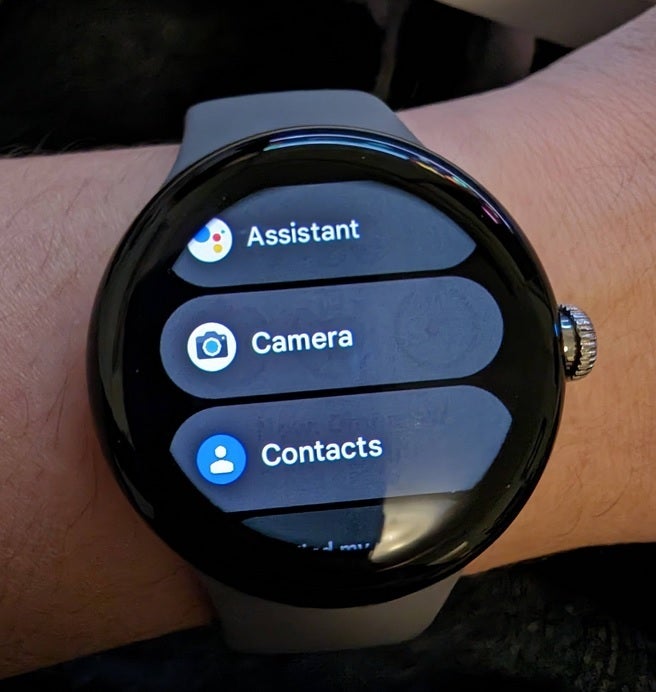Google says that what Pixel Watch users think is burn-in on the display is something else.

With the release of the Google Pixel Watch earlier this month, not only did Google expand the Pixel ecosystem, but it also brought to market an eagerly awaited device that many Pixel and Android users had been looking forward to. But some Reddit subscribers have been complaining about screen burn-in with the always-on display (AOD) belonging to the Pixel Watch. This is a "ghost image" created on a permanent basis and can be annoying since the image does not go away.
Screen burn-in discovered on the Pixel Watch's always-on display is actually "image retention" says Google
Check out this complaint from Reddit user Sea-Tax1650 who not only has a sad story to tell but also gives potential Pixel Watch buyers a warning. He says, "I'm seeing some burn-in while using the always-on display. I've only had the watch for a day, this is not looking good. Anyone else having this issue? Edit: it does seem to go away if I disable AOD after some time, here's a photo."

Example of image retention on the Google Pixel Watch
He adds, "EDIT 2: I am exchanging mine today, will report back if it's still present. That will all but confirm it's just the hardware/software on all watches. EDIT 3: got a new one and it has the same issue, confirms this is normal."
The photo of the Pixel Watch that he shares shows the "ghost image" of another screen very clearly on the right of the display. If you look at the screen, you can also see it underneath the menu that is being displayed. The same Reddit user later tacked this on to his post: "Did some digging and apparently this is normal and isn't a defect. It's just a thing with these OLED panels, it occurs on the Galaxy Watches too. Most people just don't notice it, probably all watches have this."
Google has responded by saying that screen burn-in is not happening and that the issue is caused by image retention. The difference is that the former is permanent and the latter is temporary. The company stated that image retention will go away in time although the gang at Mountain View said that when it comes to image retention, the "longer it is on the screen the longer it will take to go away."
Google uses a software algorithm to keep the majority of Pixel Watch users from seeing image retention
To protect the timepiece, Google states that it uses a "software algorithm to shift the brightness of lit pixels every minute to reduce the possibility of image retention." Google says the "majority of users should not experience this." The software algorithm, according to the company, "...prolongs the time before image retention is seen and reduces the time for the image to disappear. If users do experience this, it will go away over time, but users can also turn off AOD and/or use bedtime mode for sleep so the screen stays off overnight."
Google has warned providers in the past about how to avoid burn-in on Android Wear and Wear OS watches. It wrote on the Android Developers website, "On screens susceptible to burn-in, solid blocks of color should be avoided in ambient mode. If your icons or images include solid blocks of color, you should also provide a burn-in-safe version."
You might recall that the P-OLED display used on the always-on display feature found on the Pixel 2 and Pixel 2 XL was also accused of having issues with screen burn-in. Google investigated and must have made some changes since the permanent "ghost images" have not appeared on a Pixel handset since. Some Pixel 6 users found dead pixels on their screen but this was not what we would call burn-in.
The Google Store has the Wi-Fi version of the Google Pixel Watch priced at $349.99 or 12 monthly payments of $29.17. The cellular model is $399.99 or 12 monthly payments of $33.33.










Things that are NOT allowed: